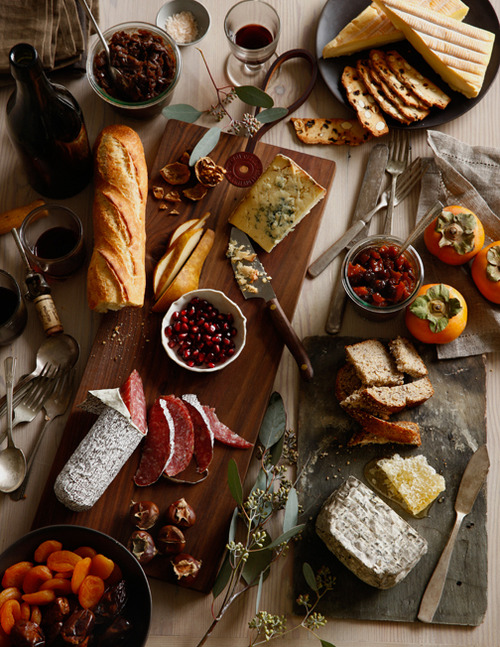
13 Jan Food & Wine Matching
It has been a part of the food and wine culture for a long time to match food and wine and it makes sense. The more you understand the combinations your palette will appreciate it.
Here are a few things to consider:
Weight
Match the weight of the food with the weight of the wine:
Rich, heavyweight foods, like red meat casseroles need full-bodied wines.
Normally it is a heavy Red wine that is the favoured choice but it is the weight of the wine, not the colour or flavor. Hence a full-bodied White wine is usually a better match with meat than a light-styled Red wine. Lightweight food like poultry and fish are complemented by more delicate wines. Whilst a White wine is the instinctive choice light, low-tannin Reds also work.
Flavour Intensity and Character
Flavour Intensity – match full flavours together, like Sauvignon Blanc and asparagus, mild flavours like Muscadet and oysters.The same goes for wines; the Riesling variety makes lightweight, intensely flavoured wines whilst Chardonnay makes heavy (full-bodied) wines that are lightly flavoured.
Spicy dishes can be matched with Gewurztraminer. Delicately flavoured wines like Italian whites (Vementino, Pinot Grigio, Gavi, Soave, Verdicchio, Orvieto) and Loire Muscadet complement shellfish and seafood.
Acidity
High acid wines complement fatty foods in the same way that lemon cuts through the greasiness of smoked salmon. Food and wine can both have acidity. Tomatoes, citrus and green apples are high-acid foods. When vinegar or lemon juice is used as a condiment you will need to find a high- acid wine to complement it. A classic example is Champagne served with smoked salmon and a squeeze of lemon, even without the lemon, smoked salmon is made more palatable when the Champagne cuts through the natural oiliness of the fish.
Salt
Salty foods are enhanced and balanced by a hint of sweetness:
Parma Ham and Melon is a classic example. The same thing can be achieved with wine: Sauternes, a lusciously sweet wine from the Bordeaux region, is a famous match with salty, Roquefort cheese.
For a dry wine to work with salty food it should have low tannins and noticeable acidity. It is easier to find White wines with these characteristics than Reds, but there are some Red wines to fit the bill, Beaujolais is a perfect example.
Sweetness
The wine should always be sweeter than the food. Sweetness in wine also acts as a foil to rich foods.
The general rule of thumb is to serve a wine at least as sweet or sweeter than the food being served.
Sweet wines with a good level of acidity, such as Sauternes, Barsac and are a perfect match for rich foods like pâté, foie gras.


